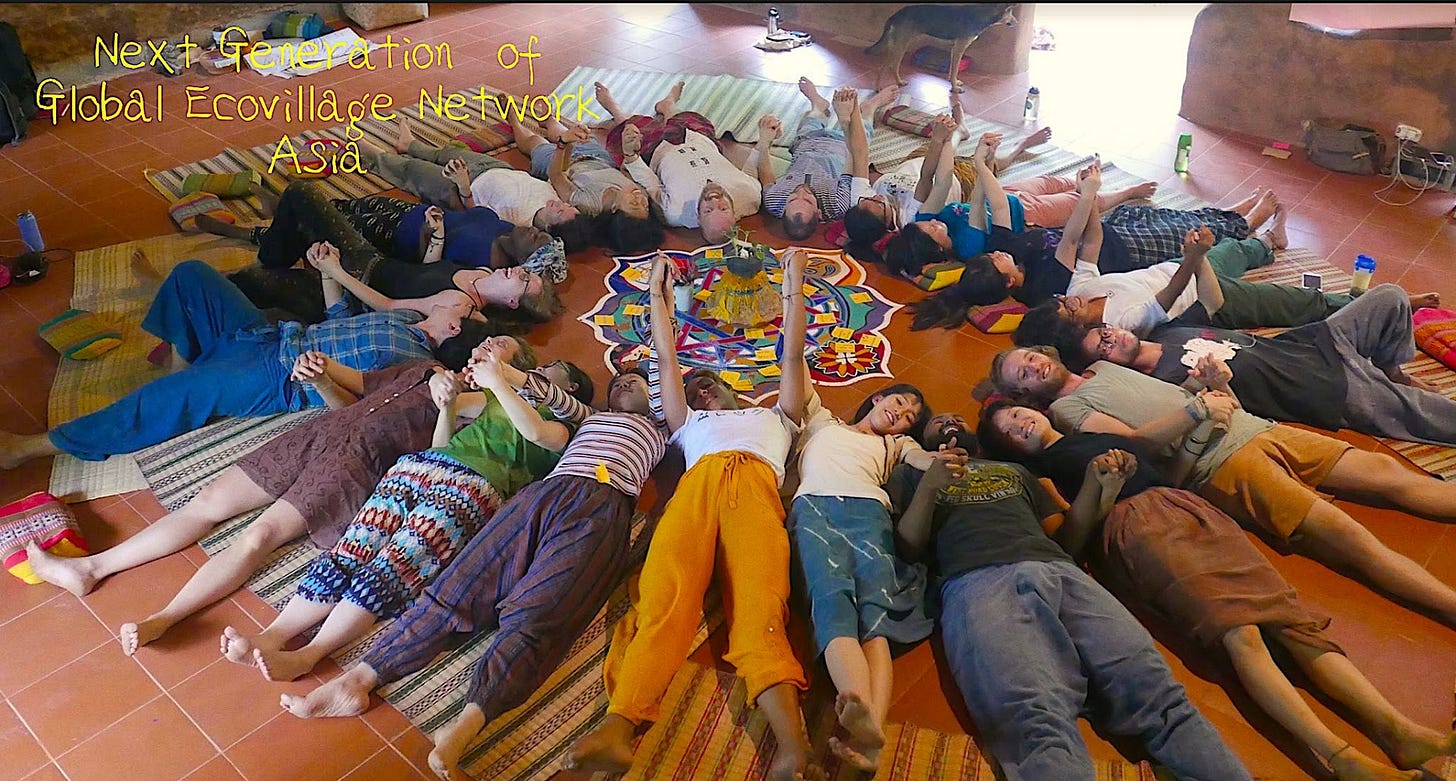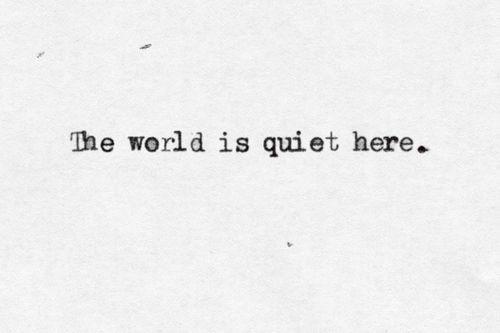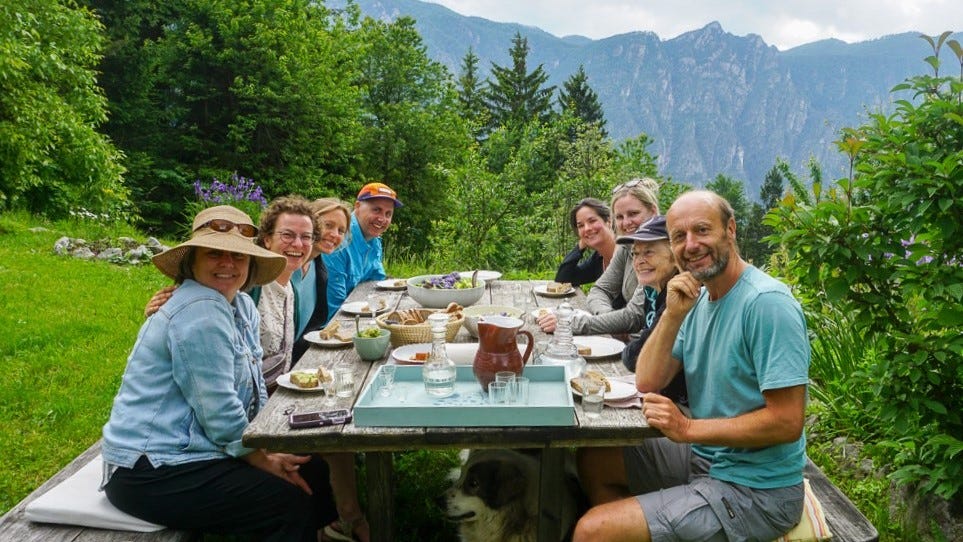It’s fire season in California.
Instead of writing and publishing my weekly article, this past Sunday I was caught up in writing an Emergency Action Plan and fire evacuation protocol for my community.
Recent storms, such as the heavy flooding in Asheville, North Carolina, have once again demonstrated the urgent need for communities to be built with resilience in mind. One of my best friends, the talented Joshua Smith from BIOM Design, was left without water and power with his wife and infant daughter for days.
Disasters are now alarmingly regular occurrences affecting millions of lives. Thus the question we must ask ourselves:
What is under our control to make our communities withstand and recover from such devastating events?
The Answer Isn’t Simply “More Eco-Communities”
In these storms, ecovillages will not be left unaffected. Earthaven Ecovillage was also hit by Hurricane Helene.
With 22+ inches of rainfall in 2-1/2 days, Earthaven’s statement on Helene was that is was “the biggest storm this land has seen in Earthaven’s 30-year lifetime and well beyond it.”
In the aftermath, they had to rebuild and repair roads, three bridges, and other essential infrastructure, since government agencies don’t maintenance these features in intentional communities (considered private property) the way they do in towns and cities.
They had to cover costs of emergency food, supplies, and medical supports purchased in the wake of the storm, as well as small equipment, fuel, and gear that were needed to clear roads and support other essential services.
They also needed to replace lost revenues from canceled events, which left members of the village without work.
It was encouraging that they were able to crowdfund $104,000+ to make these repairs.
But what happens when there are disasters happening everywhere? When no one has money to spare because they themselves are facing these disaster costs? When the costs are simply too great?
This thought lives at the dark edge of my mind.
How To Build Disaster Resilient Communities
It becomes clear that even intentional communities, already more resilient than the average neighborhood, should focus on resilient design with more rigor.
Here are the steps to take:
1. Prioritize Resilient Infrastructure
Communities must be designed with infrastructure that can endure extreme weather.
This includes fire-resistant building materials, flood-proof structures, and renewable energy systems that can function independently from the grid. In areas prone to wildfires, homes should be built with materials like fire-retardant siding, metal roofs, and firebreaks—strategies that can prevent entire neighborhoods from being consumed by flames.
For coastal or flood-prone regions, homes and buildings can be elevated or designed with flood-resistant materials like concrete and steel. Critical infrastructure such as bridges, power lines, and water systems must be resilient to withstand storms or be repaired quickly after they pass.
Other resources for resilient community design:
OAEC’s Resilient Community Design Course
Resilient Design Institute’s Resilient Design Principles and Resilient Design Strategies
2. Create Emergency Preparedness Plans
Having an Emergency Action Plan (EAP) and evacuation protocol is crucial for communities at risk of disasters.
These plans should be clear, regularly updated, and communicated to all residents. Communities should invest in early warning systems and phone applications for disasters like floods, fires, or storms, allowing people to take action before it’s too late.
In places like California, where wildfires can start with little warning, having go-bags ready, knowing evacuation routes, and coordinating with local authorities is essential, and all part of our EAP.
While I am not a proponent of fear, it seems to be an excellent investment to have flood rafts, additional fire extinguishers, or a bunker in your community.
3. Develop Energy Independence
Power outages during disasters can leave communities paralyzed.
Moving toward energy independence through solar panels, wind turbines, and battery storage can help communities stay functional even when the grid goes down.
Josh’s experience of losing water and power for days when all of his work is online/remote, was a harsh reminder of how crucial decentralized, renewable energy systems are.
Resilient communities should invest in solar-powered backup systems, like powerwalls or community microgrids, which can keep essential services running even when the larger grid fails.
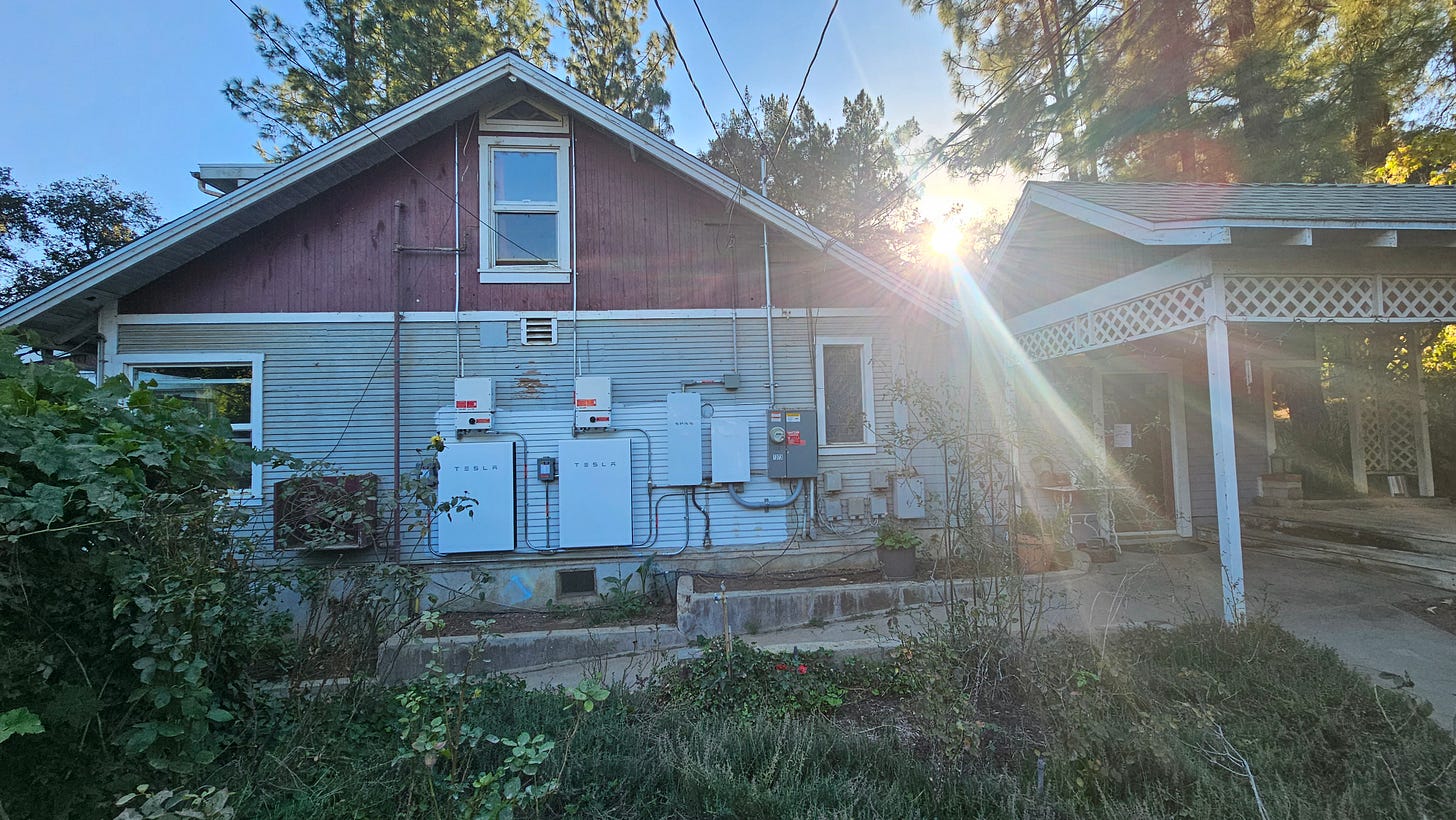
4. Strengthen Local Food Systems
Disaster-resistant communities are self-reliant, especially when it comes to food production.
Developing local food systems—whether through community gardens, small-scale regenerative farms, or permaculture practices—ensures that in times of crisis, food supplies won’t be entirely dependent on disrupted global supply chains.
California’s fire seasons and the subsequent road closures and food shortages have highlighted the fragility of conventional food systems during a disaster.
At my community, there had been drastic neglect of the edible gardens, because everyone is busy with their own lives and gardening just feels like a romantic past time that takes much more work than most people want. However, I’m determined that we get high yield gardening going so that we can start to create more food resilience in our own little microcosm we live in.


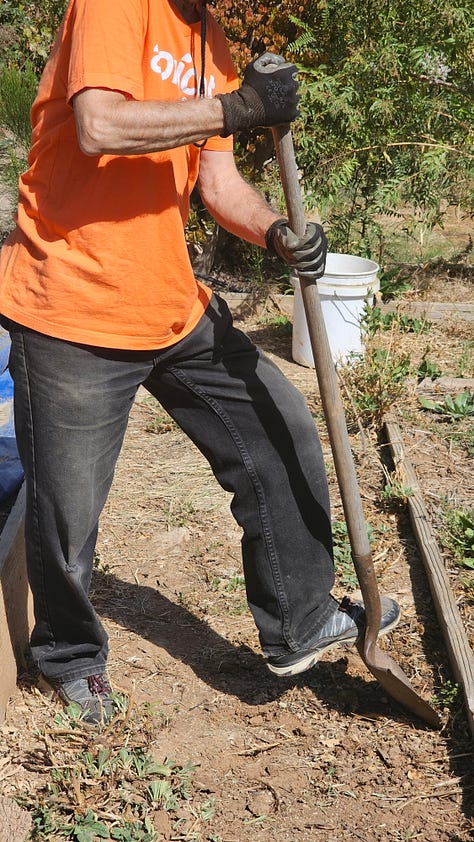
5. Foster Social Resilience and Community Cohesion
Beyond physical infrastructure, resilient communities are built on strong social networks.
Communities with strong social ties are better able to coordinate evacuation efforts, share resources, and recover more quickly.
Events like Asheville’s flooding have shown that recovery isn’t just about rebuilding homes—it's about coming together as neighbors, offering help, and sharing knowledge on how to cope in the wake of a disaster.
Local community hubs, disaster response networks, and mutual aid groups can play vital roles in recovery. Building trust and relationships before a disaster hits ensures that when the time comes, the community is ready to respond together.
Check out Tree People’s ”Community Organizing Around Resilience” Guide for more tools to build resilient culture.
6. Work for Legal Recognition
Finally, I would like to see ecovillages formalize themselves so that they can be considered microcities that are protected in case of emergency.
With Earthaven, the damages were not covered by the government disaster relief fund. I advocate for more ecovillages, startup cities, and networked societies to start getting legal recognition for their territories.
The Future
We live in a time where self-sufficiency and cosmolocalism could not be more important. Building disaster-resistant communities is not a luxury but a necessity. The future is uncertain, but our response doesn’t have to be.
In our emergency preparedness meeting, I was elected one of my community’s Junior Fire Marshals.
If the time ever comes, I’m ready to be a volunteer fire fighter.
One of my affiliated partners, Community Finders, run by Cynthia Tina, offers services for people seeking ecovillages or building ecovillages. I highly recommend you join one of her courses to uplevel your ecovillage journey.
Use the code TERRENITY for $100 off your ecovillage tour.








